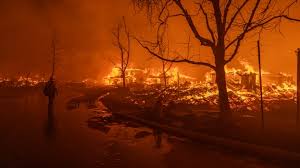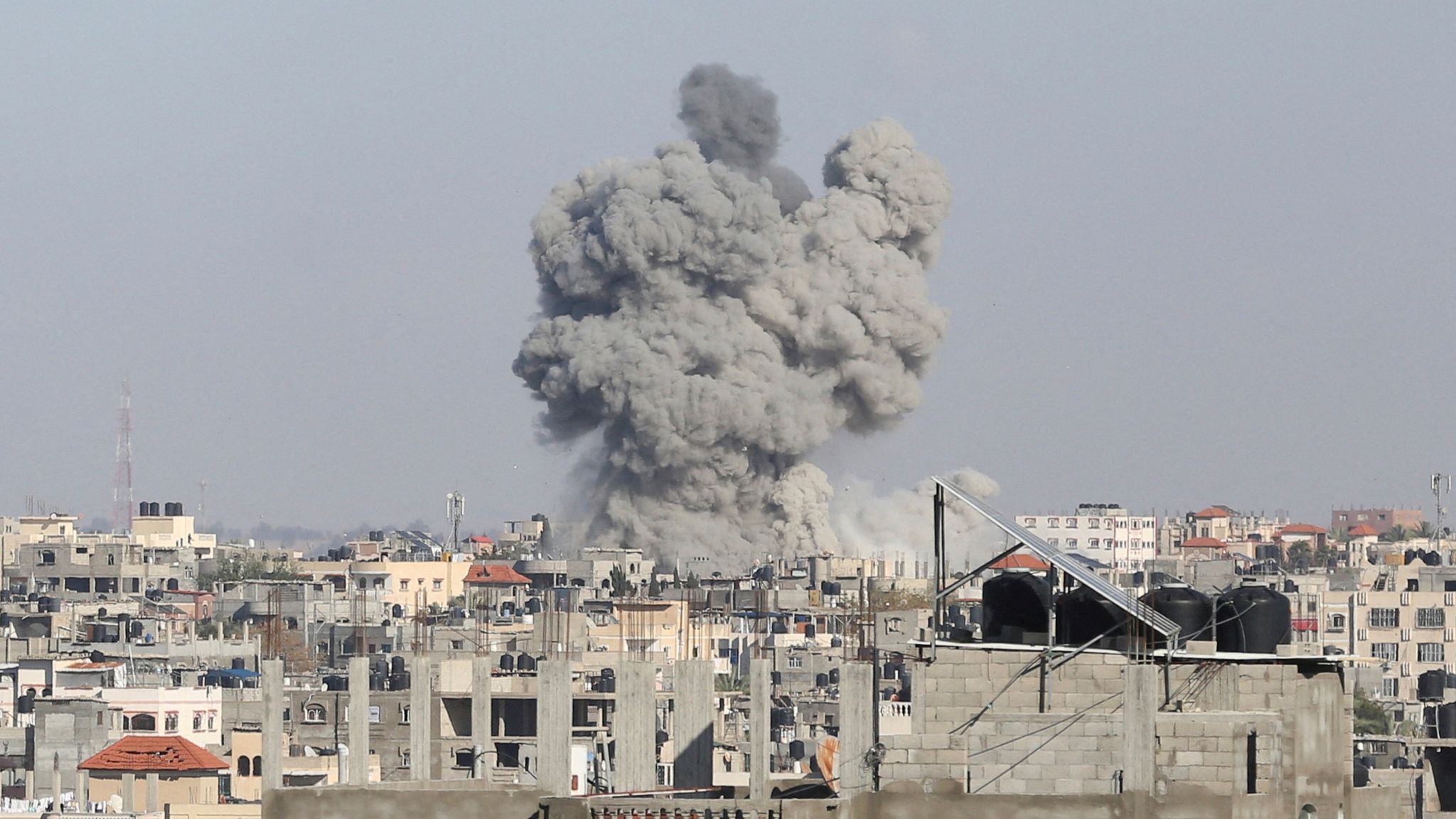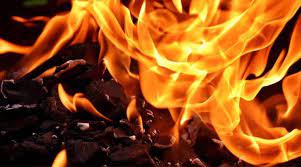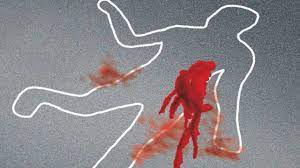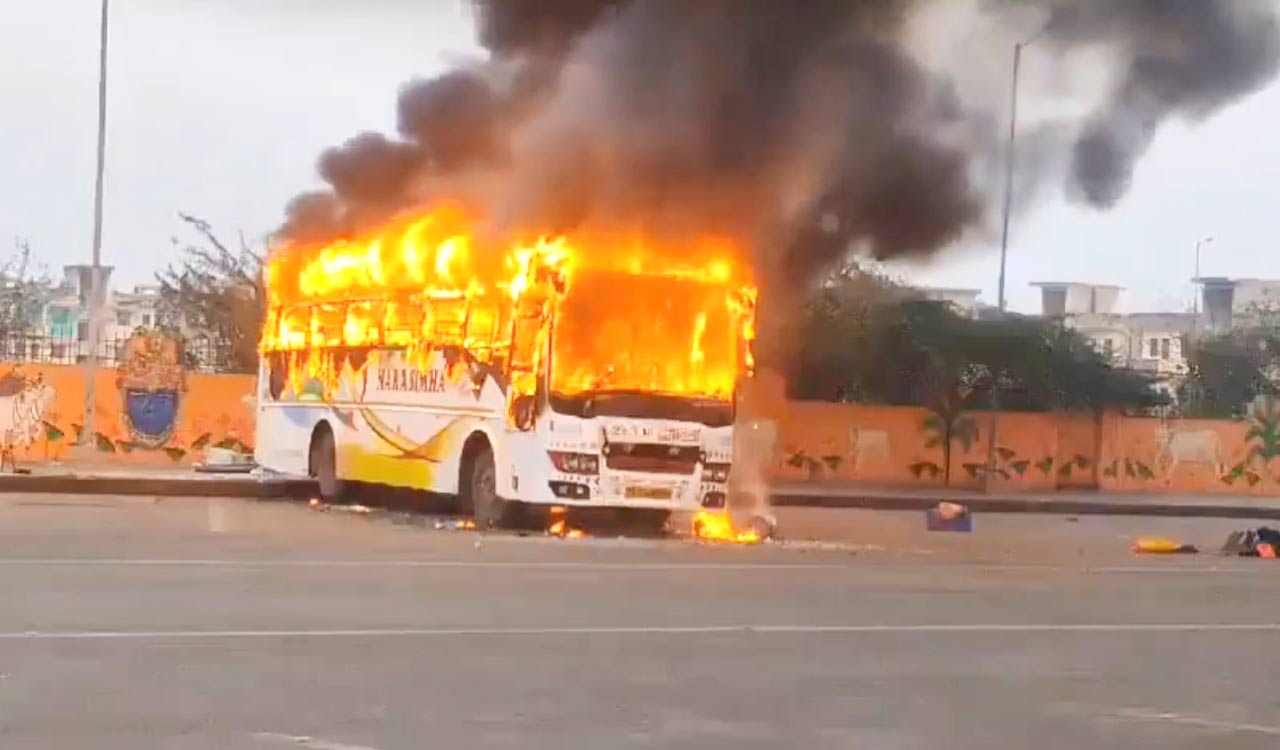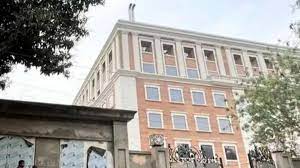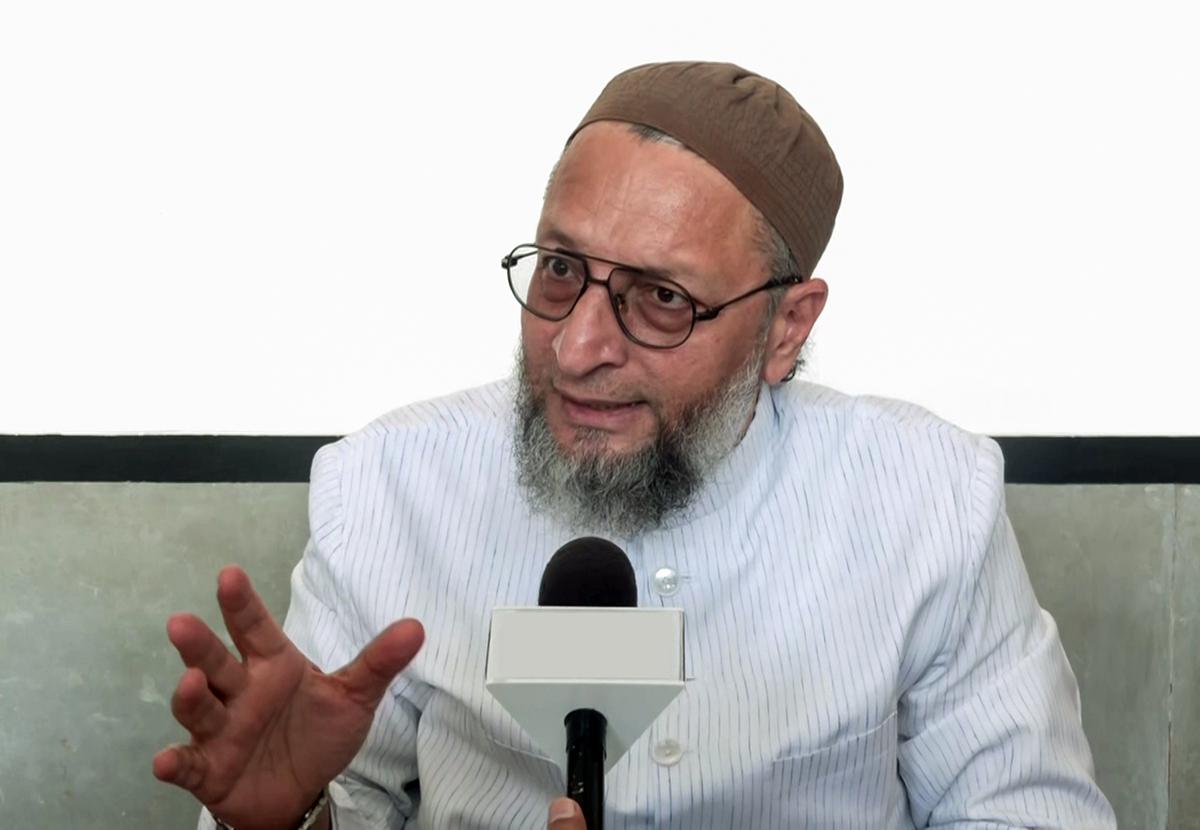Tens of thousands flee their homes as 1 million acres burn in California fires
Sun 23 Aug 2020, 16:04:26
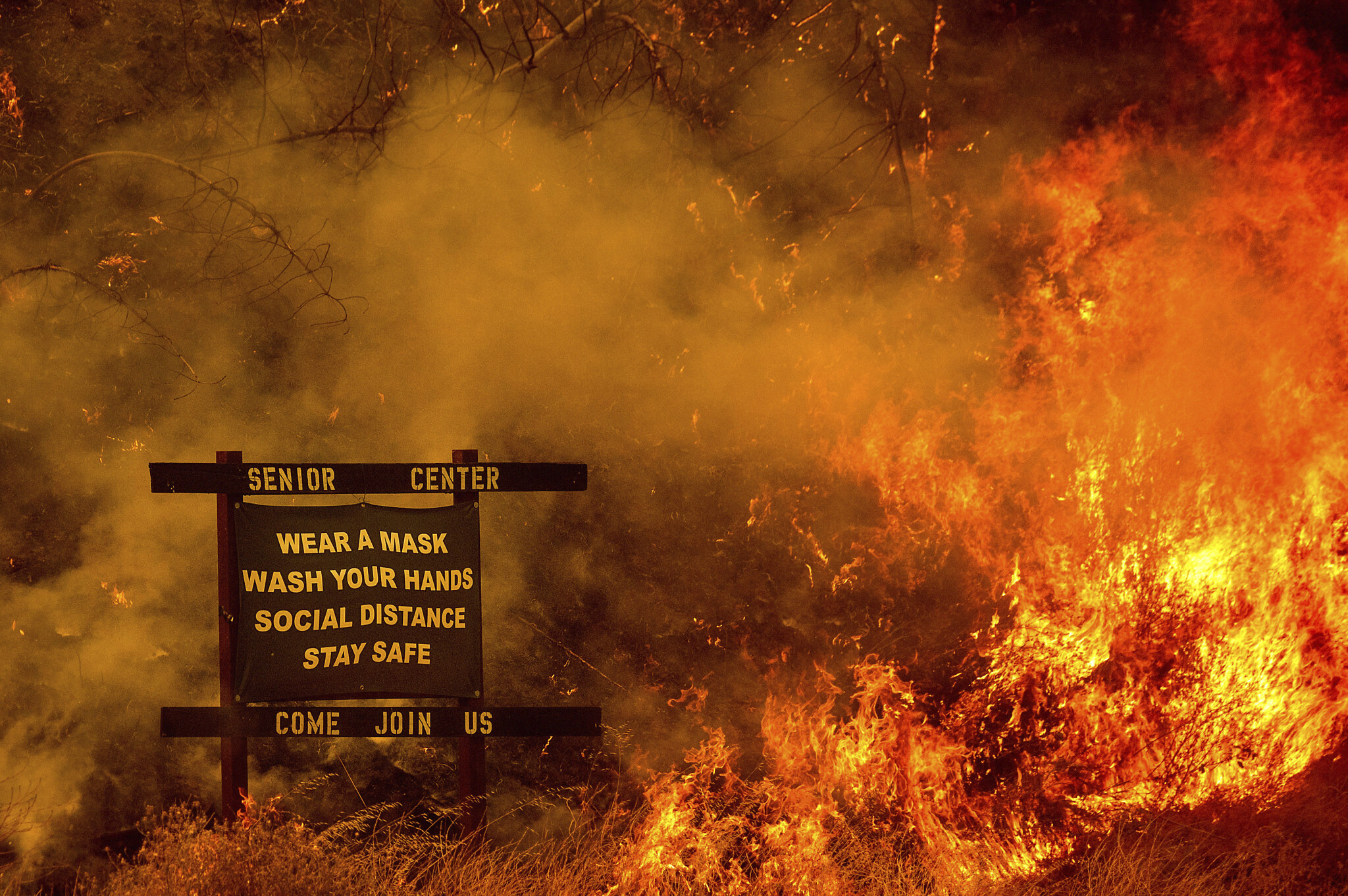
Weary firefighters in California raced Saturday to slow the spread of wildfires that burned nearly one million acres statewide in a week and destroyed hundreds of homes ahead an expected weather change that could bring more lightning strikes like the ones that sparked many of the blazes.
Responding to the emergency, US President Donald Trump issued a major disaster declaration to provide federal assistance. Gov. Gavin Newsom said in a statement that the declaration will also help people in counties affected by the fires with crisis counseling, housing and other social services.
Two clusters of wildfires in the San Francisco Bay Area grew to become the second- and third-largest wildfires in recent state history by size. Light winds and cooler and more humid nighttime weather helped fire crews make progress on those fires and a third group of fires south of San Francisco ahead of the forecast of warm, dry weather, erratic wind gusts and lightning, state fire officials said.
The National Weather Service issued a red flag warning of high fire danger across the Bay Area and along the Central Coast, beginning from Sunday morning to Monday afternoon.
“The worst is not behind us. We are in a battle rhythm,” California Department of Forestry and Fire Protection (Cal Fire) Chief Thom Porter tweeted.
Since thousands of lightning strikes began on August 15, the state reported 585 wildfires that have burned nearly a million acres, or 1,562 square miles (4,046 square kilometers), according to Cal Fire.
Many were small and remote. The bulk of damage was from three fire “complexes” that were ravaging forest and rural areas in and around the San Francisco Bay Area. They have burned 1,045 square miles (2,700 square kilometers). The fires have killed five people, torched nearly 700 homes and other structures and forced tens of thousands from their houses.
“Tuesday night when I went to bed I had a beautiful home on a beautiful ranch,” said 81-year-old Hank Hanson of Vacaville. “By Wednesday night, I have nothing but a bunch of ashes.”
In Santa Cruz County, the fire was threatening Boulder Creek, an old logging community of about 5,000 in the Santa Cruz Mountains on the
edge of California’s oldest state park — Big Basin Redwoods. Fire officials said they expected the blaze to reach the community, but they took advantage of recent good weather to try to “herd” flames around the town.
edge of California’s oldest state park — Big Basin Redwoods. Fire officials said they expected the blaze to reach the community, but they took advantage of recent good weather to try to “herd” flames around the town.
Earlier in the week, fire officials in charge of each of the three major wildfires said they were strapped for resources. Some firefighters were working 72-hour shifts instead of the usual 24 hours. By Friday, the approximately 13,700 firefighters on the line began to get help on the ground and with aircraft from 10 states, along with the National Guard and US military.
Those fires were a top priority. But in a sign of how overburdened the state’s firefighting agency is, fire officials said only 1,400 firefighters were assigned to battle the LNU Lightning Complex fire in wine country north of San Francisco, which was only 15% contained.
In comparison, about 5,000 firefighters were assigned to the Mendocino Complex fire in 2018, the largest fire in recent state history.
“All of our resources remain stretched to capacity that we have not seen in recent history,” said Shana Jones, the chief for Cal Fire’s Sonoma-Lake-Napa unit.
“We are making progress, but we are not out of the woods,” she said.
Underscoring the danger the fires pose for firefighters, the Sonoma County sheriff’s office released dramatic video of the helicopter rescue Friday night of two firefighters trapped on a ridge line at Point Reyes National Seashore. They were hoisted to safety as flames advanced.
“Had it not been for that helicopter, those firefighters would certainly have perished,” Sonoma County Sheriff Mark Essick said.
Containment for the fire burning in the Santa Cruz Mountains and along the coast of San Mateo County, south of San Francisco, was at just 5%, and 115 homes and other structures had been destroyed. Firefighters established a fire break aimed at protecting the evacuated University of California, Santa Cruz campus and the surrounding area.
“It’s not a silver bullet. But it gives us a really good stronghold to keep the fire from moving south toward those communities,” Cal Fire Battalion Chief Mark Brunton said.
No Comments For This Post, Be first to write a Comment.
Most viewed from International
Most viewed from World
AIMIM News
Asaduddin Owaisi questions PM Modi's China policy
Jan 08, 2025
Owaisi slams UP over police post near Sambhal mosque
Dec 31, 2024
Owaisi hails SC order on Places of Worship Act
Dec 13, 2024
AAP Corporator Tahir Hussain joins AIMIM party
Dec 11, 2024
Latest Urdu News
Most Viewed
May 26, 2020
Which political party will win the Delhi Assembly polls to be held on Feb 5?
Latest Videos View All
Like Us
Home
About Us
Advertise With Us
All Polls
Epaper Archives
Privacy Policy
Contact Us
Download Etemaad App
© 2025 Etemaad Daily News, All Rights Reserved.



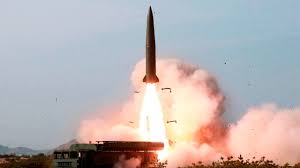
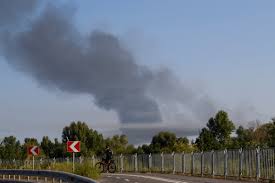
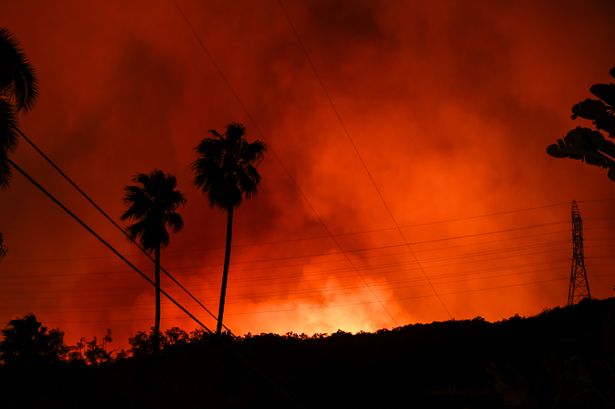
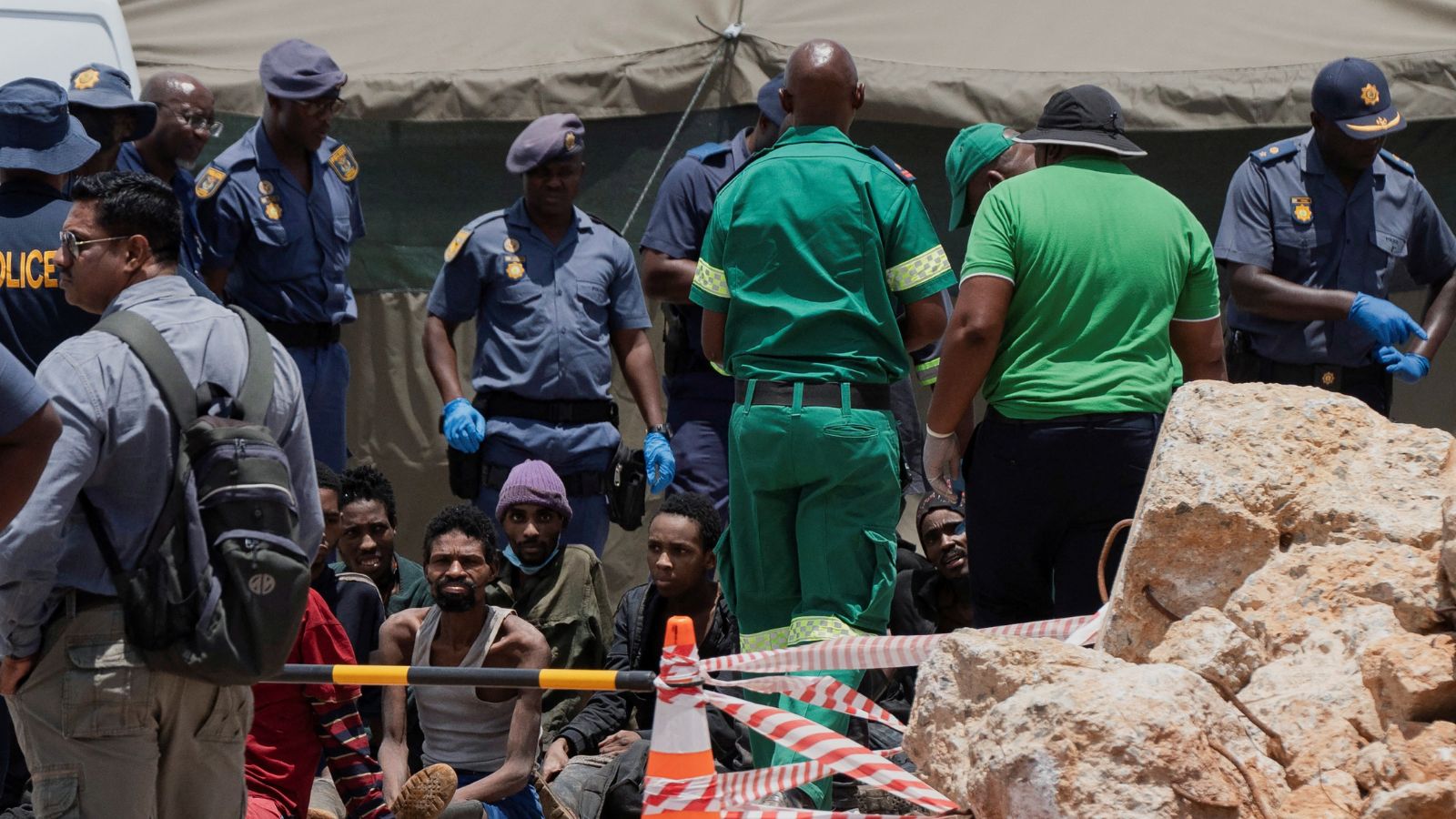


.jpg)
.jpg)
